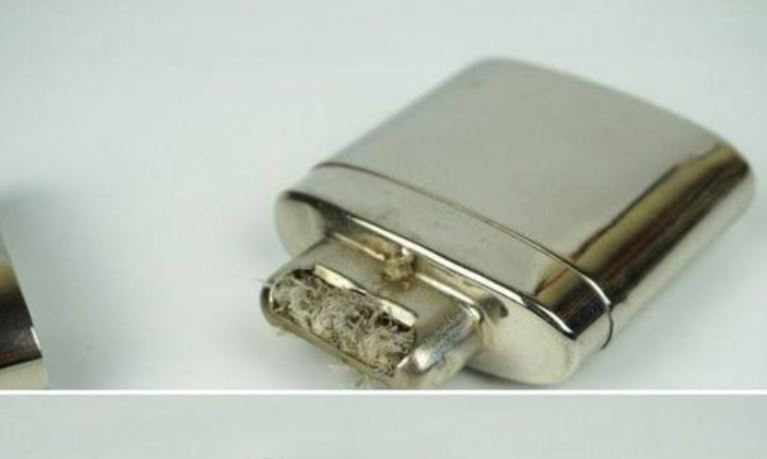Hand warmers may seem like a modern comfort, but they have been around for hundreds of years. From ancient times to the present, these small gadgets have changed from being basic ways to keep warm to being highly valued collectibles. Let’s learn about the interesting past of hand warmers and look at how they were used, what they mean culturally, and why they are still popular today.
In ancient China and Japan, people made the first hand warmers out of small braziers made of metal or clay that were filled with burning coals. These clever gadgets kept people warm and showed how creative people can be when they need to solve problems. As people got smarter, hand warmers got better too.
In colder places in the late 1800s and early 1900s, metal hand warmers became common. Built to last with strong metals like brass and steel, they used fuels that burned slowly inside perforated shells. As technology improved, these beautiful gadgets became safer and more useful. They could also be worn as stylish decorations.
In the 1920s, platinum was used in catalytic hand warmers to make heat without an open spark. Brands like Zippo and Jon-e became known for making high-quality products, and fans now put a lot of value on old models. These warmers were especially useful for soldiers, campers, and people who like being outside in bad weather.
In places where it was cold, hand heaters went from being nice to being necessary. They kept people warm every day, and because they were simple, they were easy for anyone to use. Many soldiers survived World Wars I and II thanks to hand heaters, which kept their hands warm and allowed them to move around.
Today, fans all over the world want old hand warmers. Each item tells a story and gives us a look into its time. People respect their mix of form, function, and history, which shows how creative people were in the past. Collectors love them because of how well they were made and the stories they tell.
Eco-friendly skills can be learned from hand warmers as well. They were made to last by using renewable energy and strong materials. Their long-lasting appeal makes us think about sustainability in our daily lives and takes us back to a time when reusability was more important than short-term ease.
Hand warmers are useful, but they also have cultural meanings around the world. Japanese people wear traditional kairo warmers all winter long. They represent strength and tradition. Hand warmers are more than just useful; they show how creative and flexible people are.
Their development is similar to how technology and society change over time, and their timeless appeal shows how charming they are. Hand warmers are still very popular, whether they keep your hands warm or look nice on collectors’ shelves. When you feel a cold breeze coming through, think about the long past of these simple tools and how they’ve kept people warm over the years.
Knowing about the past of hand warmers helps us remember how important they are for comfort and survival. From simple braziers to complex catalytic models, they’ve changed with the times while keeping the tradition of warmth alive.


